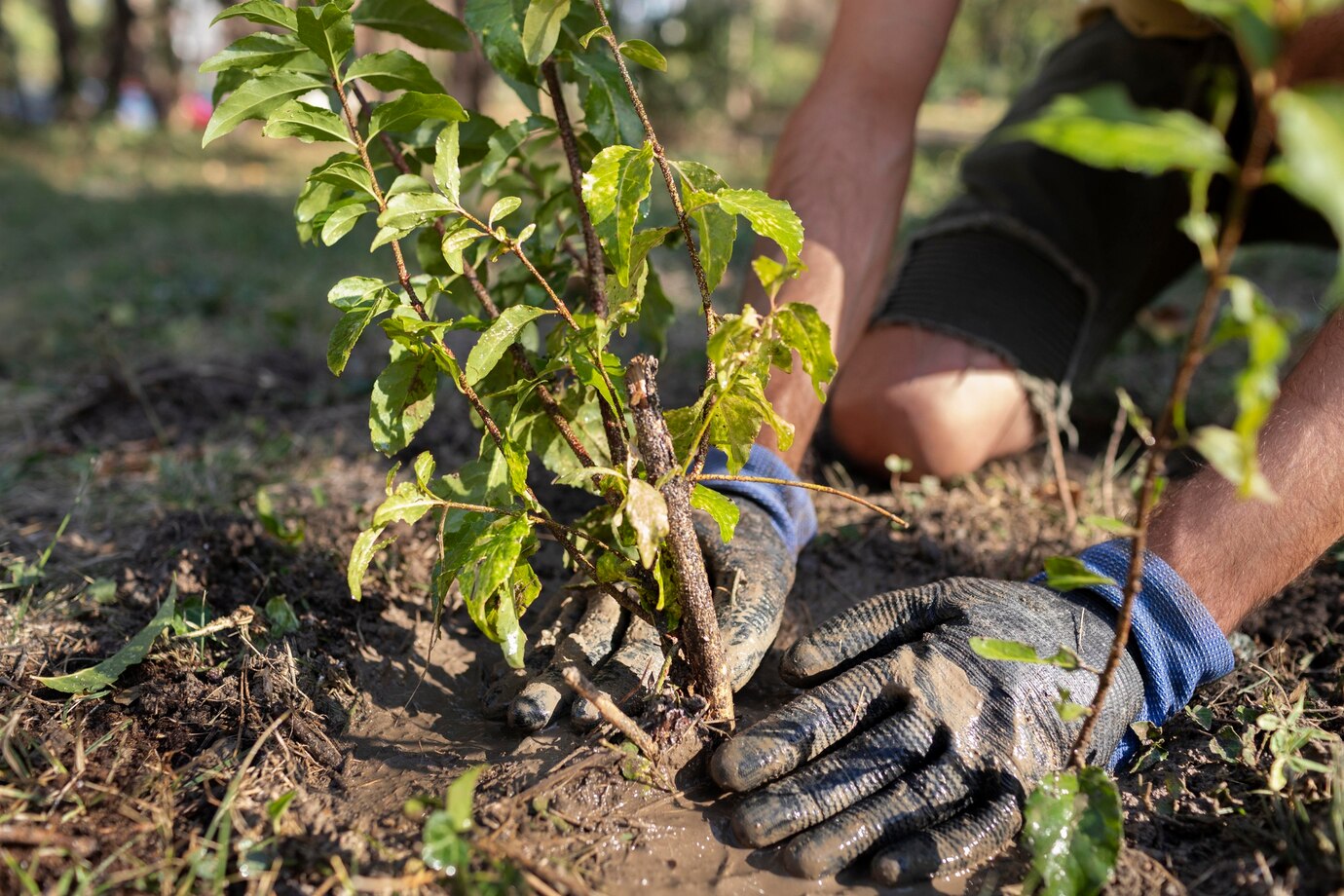Fruit tree maintenance: February preparation for a bountiful spring harvest

As February unfolds, gardeners eagerly anticipate the arrival of spring, a season synonymous with blooming fruit trees and the promise of a delightful harvest.
To ensure your fruit trees are in optimal condition for the growing season ahead, this month is the perfect time to engage in targeted maintenance tasks. Here's a guide to fruit tree maintenance in February, setting the stage for a productive and healthy spring.
Pruning and Shaping:
Begin by inspecting your fruit trees for dead, damaged, or crossing branches. Prune these away to promote better air circulation and sunlight penetration, essential for robust growth. Shaping your trees now encourages a balanced structure and facilitates fruit development.
Fertilization:
As your fruit trees emerge from winter dormancy, provide them with a boost of nutrients. Apply a balanced fertilizer, rich in nitrogen, phosphorus, and potassium, to the soil around the base of the tree. This aids in overall tree health, encourages flowering, and sets the stage for a fruitful season.
Mulching:
Mulching is a key component of fruit tree care. Apply a layer of organic mulch, such as well-rotted compost or bark chips, around the base of the tree. Mulch helps retain soil moisture, suppresses weeds, and regulates soil temperature, providing an optimal environment for root development.
Pest and Disease Prevention:
Take preventive measures against pests and diseases by inspecting your fruit trees for any signs of infestation. Apply horticultural oil to dormant trees to suffocate overwintering pests and remove any mummified fruit still clinging to branches, reducing the risk of disease spread.
Watering:
Adequate water is crucial, even in winter. Ensure that your fruit trees receive sufficient moisture, particularly if the weather has been dry. While they may not be actively growing, trees still require hydration to support essential physiological processes.
Thin Fruit Buds:
If your fruit trees tend to produce an abundance of buds, consider thinning them to optimize fruit size and quality. This process allows the tree to channel its energy into fewer fruits, resulting in a more substantial and flavorful harvest.
Protect Against Late Frosts:
Keep an eye on weather forecasts and be prepared to protect blossoms from late frosts. Covering trees with frost blankets or burlap can safeguard delicate flowers and prevent potential damage.
By dedicating time and attention to these essential fruit tree maintenance tasks in February, you'll be nurturing a robust foundation for a successful and abundant harvest as the warmer days of spring unfold.
MEASURE MY LAWN ONLINE
WANT A GUIDELINE PRICE?
Get an indicative price to cut your lawn without even stepping outside to measure your lawn.
ONLINE PRICE CALCULATOR